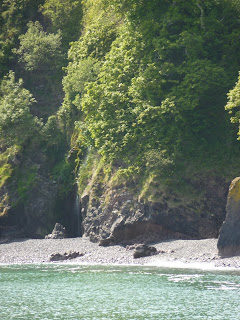


Here we have three gowns from June and July 1811. The first two are walking dresses and the last an opera dress. All show the classic regency lines.
Here are the general observations for July 1811 printed in the June edition of La Belle Assemblee:
Muslin pelisses, lined with pink, blue, or yellow sarsnet, are still very prevailing, as are spensers of like colours; lace scarfs alone seem to have the preference, either in black or white lace; mantlets are by no means considered as inelegant. Satin tippets, trimmed with lace, are very becoming to a light figure. White satin spensers, mantles, and pelisses are in a high degree of estimation. Small caps formed of brocaded ribband, finished with a long rosette in front, edged with lace pearls; or in the long Mango shape, intersected with white gymp, with a cord and tassels suspended from one side; and caps in every fanciful intermixture of satin or ribband, ornamented with ostrich feathers; they are made flat on the head, raised from the forehead, and in the long Grecian shape.
Flowers were not at all worn at the Prince’s Fete, cords and tassels terminated the draperies, and gave an air of graceful negligence to the figure; feathers were universal, much of the Spanish costume prevailed; the sleeves were worn very short, the bosoms very low, the backs rather high, trains of a moderate length. The tunic in crape or lace, embroidered in silver, was displayed upon almost every female of rank and taste; this form of dress will of course descend to the morning habit, and will doubtless relieve the stomacher of much of that formal appearance which at present distinguishes it, and the effect will be extremely graceful. All lace worn on this magnificent occasion was of the manufacture of this country, a noble example, which we hope will be universally followed in all ranks of life. Honiton lace, as most resembling Brussel’s point, held the preference.
The ornaments in jewellry were either of diamonds, pearls, rubies, sapphires, or emeralds.
The prevailing colours, pink, blue, yellow, and buff.
Until next time, Happy rambles
























